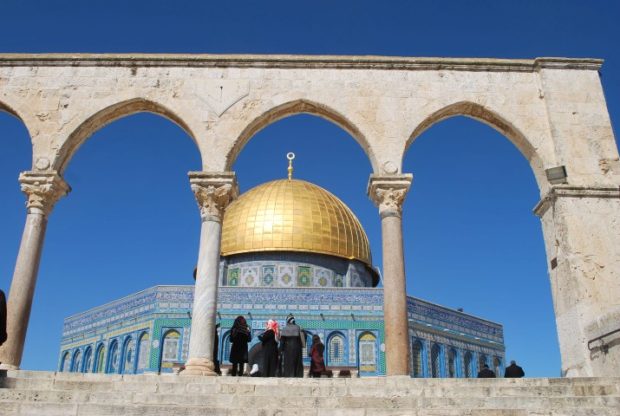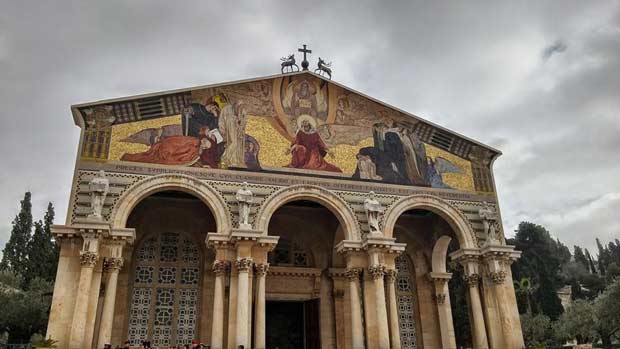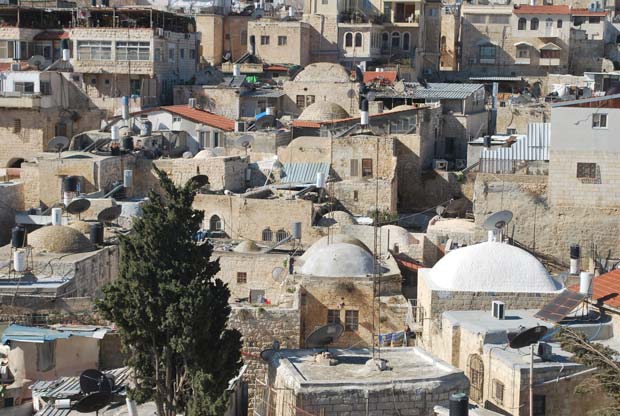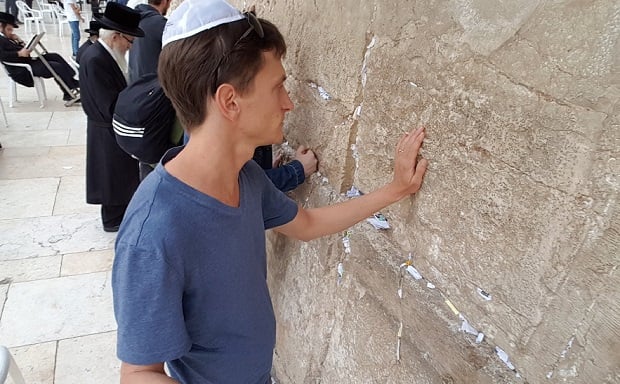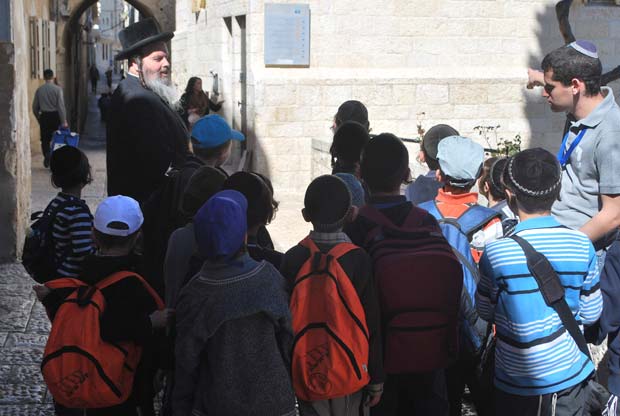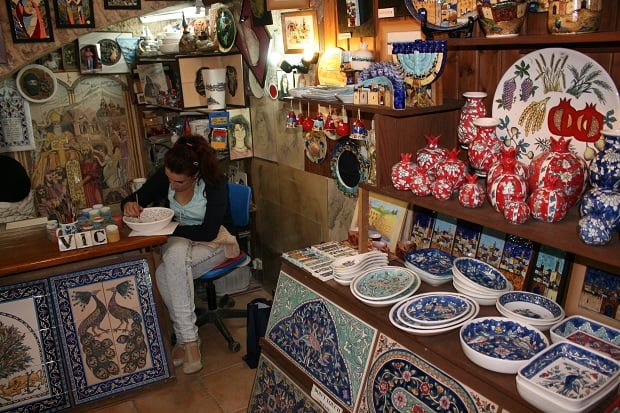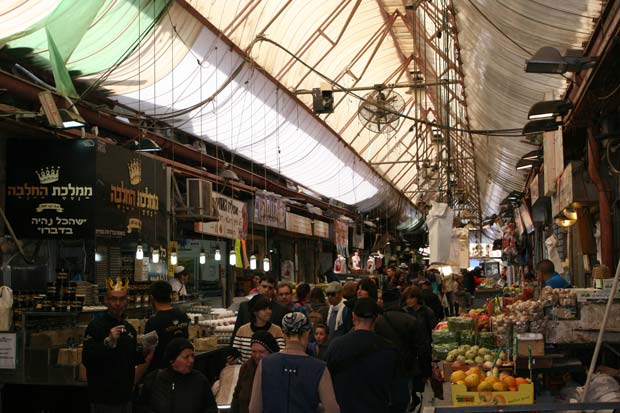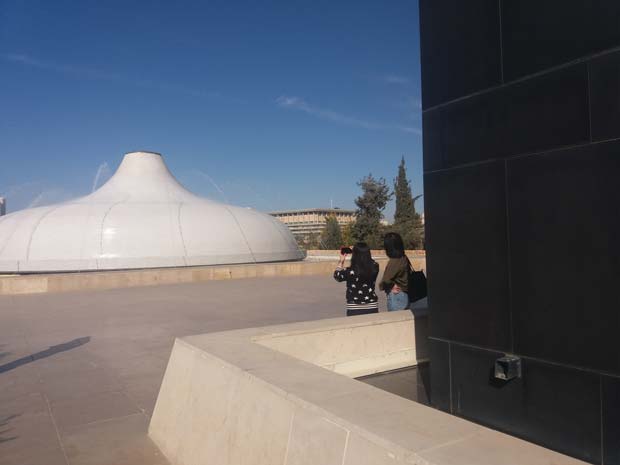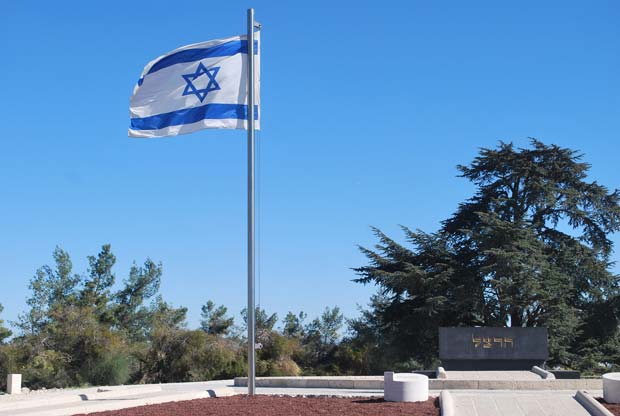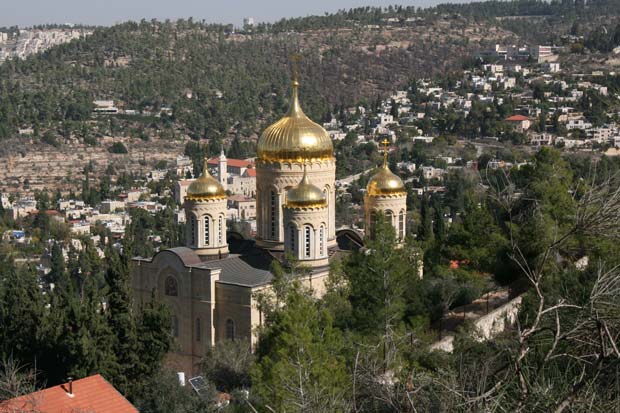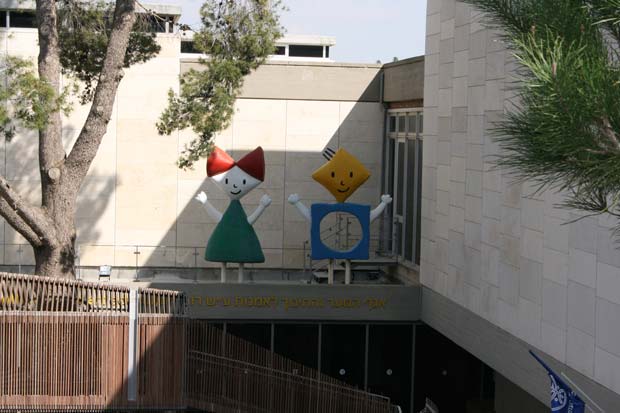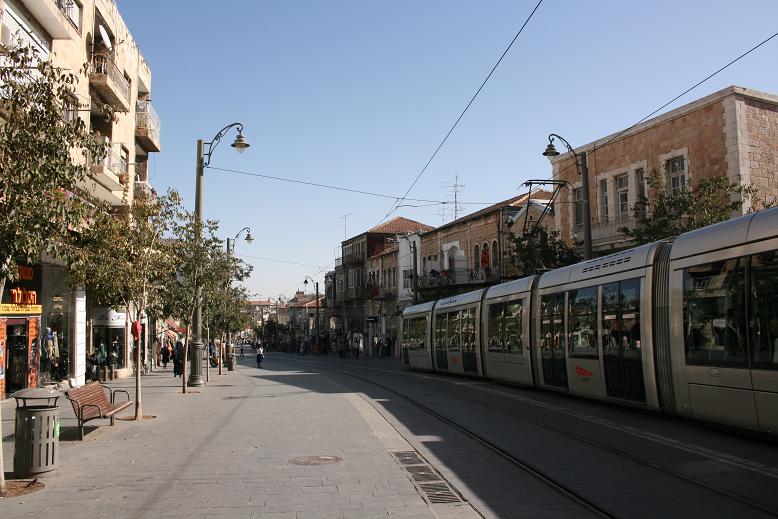This is the most interesting square kilometer in the world.
Hard as it is to imagine, until 170 years ago Jerusalem was limited to the borders of what we today call the Old City.
There are four quarters in the Old City; in some spots it is clear when you move from one quarter to the other, and in others it is less so.
The Muslim Quarter
If you enter from the Lions’ Gate and continue straight down the main road, you will notice the presence of round metal plates on the walls.
These plates mark the stations of the Via Dolorosa: the path that Jesus walked from where he was judged to where he was crucified (today located inside the Church of the Holy Sepulchre).
The first seven stations of the Via Dolorosa are in the Muslim Quarter. In front of station three is the Austrian Hospice, a European island in the middle of the Muslim Quarter, and from its rooftop you can enjoy views of the Temple Mount and the Dome of the Rock.
If you don’t have time to go up to Temple Mount (more about that coming up), this is the closest you’ll be able to get. It’s also a good place to stop for a coffee, complete with portraits of Kaiser Franz Josef looking down at you from the walls.
